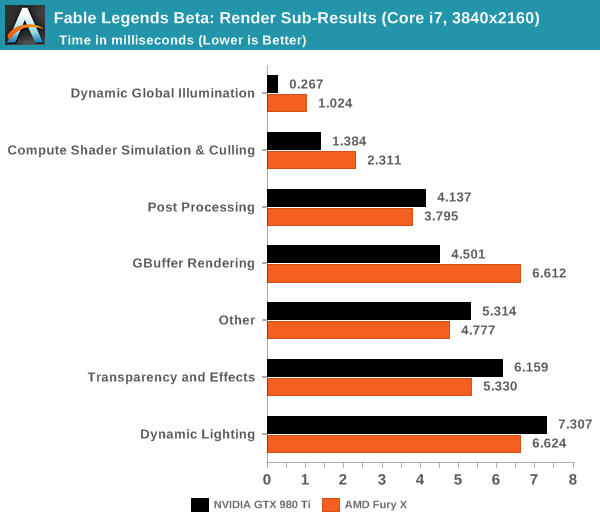defaultluser
[H]F Junkie
- Joined
- Jan 14, 2006
- Messages
- 14,398
No sorry, you'd have to email the folks at either Tech Report or Beyond 3D, as it looks to be custom code. I just remember this article because it's one of the few that actually tested the effectiveness of delta color compression (in an outrageous case Ill grant).
![[H]ard|Forum](/styles/hardforum/xenforo/logo_dark.png)


